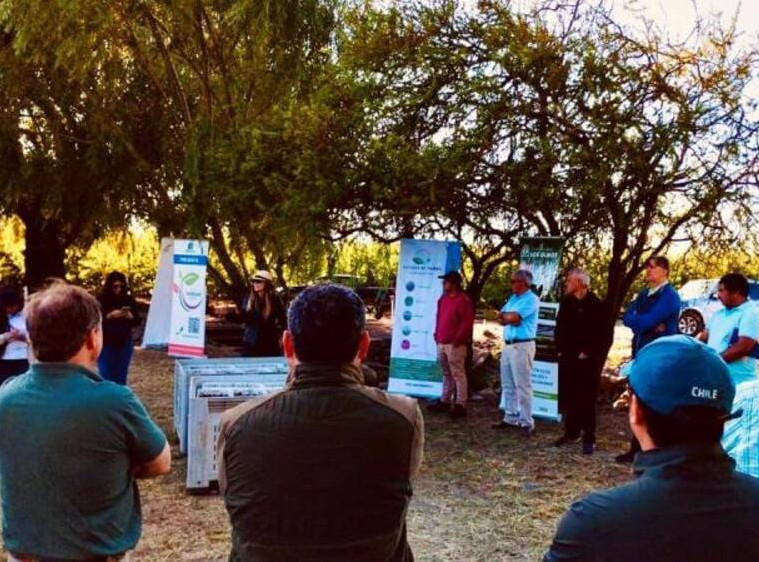In-depth knowledge of the vegetative cycle of sweet cherry trees is a fundamental prerequisite for correctly identifying suitable growing areas and for fully exploiting the productive potential of di[erent cultivars.
A recent study conducted at the Fruit Growing Research Station in Iași, Romania, analyzed three sweet cherry cultivars: “Van”, “Andreiaș”, and “Margonia”, grafted onto Prunus mahaleb L. rootstock and trained to an open vase system without irrigation.
The two-year trial (2022 and 2023) aimed to evaluate the phenological, physiological, and productive responses to local climatic conditions, characterized by thermal and water anomalies consistent with the global context of climate change.
Climate impact and phenology
The study years recorded an average annual temperature of 11.4 °C, which was +1.7 °C higher than the 2000–2020 average, and a total rainfall of 440 mm, showing a deficit of –77.5 mm compared to historical reference values.
These conditions influenced the timing of phenological phases, physiological processes, and productivity. In 2023, for instance, the onset of vegetation occurred 16–21 days earlier than in 2022, increasing the risk of late frosts.
The heat sum required for fruit ripening showed significant variations between cultivars and years (from 810.6 °C for “Van” in 2022 to 1623.8 °C for “Margonia” in 2023), while reduced rainfall during fruit growth negatively a[ected fruit quality and the following year’s production.
Physiological responses
Measurements of leaf stomatal conductance (gs) showed average values ranging between 7.78 m²s/mol (at flowering) and 10.40 m²s/mol (at ripening), with significant differences among cultivars and years.
Minimum values were recorded during fruit enlargement, indicating a possible regulatory mechanism to limit water loss and increase water-use efficiency under stress conditions.
Production analyses showed yields ranging from 22.53 to 33.43 kg/tree, with “Andreiaș” achieving the highest yields, particularly in 2023.
Fruit quality and correlations
Average fruit weight ranged between 7.95 g (“Margonia” 2022) and 10.52 g (“Andreiaș” 2023), while soluble solids content averaged between 18.5 and 22.5 °Brix.
Furthermore, leaf stomatal conductance (gs) and productive parameters (yield and average fruit weight) showed correlations, especially in 2023. Even stronger correlations were found between gs and fruit soluble solids content (r > 0.97 in both years).
These results confirm the strong influence of climatic factors on phenological development and fruit quality traits.
Conclusions and implications
The physiological response of the cultivars can serve as a useful indicator for selection and agronomic management in contexts where water resources are limited.
The study highlights that the tested cultivars demonstrated remarkable water-use efficiency and good ecological adaptability to the conditions of northeastern Romania (in absence of irrigation).
In conclusion, the study provides several practical implications for proper management and varietal choice in scenarios of water scarcity and constant evolution due to climate change.
Source: Mineață, I., Perju, I., Sîrbu, S., Golache, I. E., Ungureanu, I. V., & Jităreanu, C. D. (2024). Research on the eco-physiological evolution of some sweet cherry cultivars under the influence of climate changes. Lucrari Stiintifice, Universitatea de Stiinte Agricole Si Medicina Veterinara Ion Ionescu de la Brad Iasi, Seria Horticultura, 67(1).
Image source: SL Fruit Service
Andrea Giovannini
University of Bologna (ITA)
Cherry Times - All rights reserved












